Thermotherapy applied to dogs.
There are many treatments that exist for the rehabilitation of our little friends, one of the least known; thermotherapy!
Thermotherapy is the application of heat to the body for therapeutic purposes. There are different ways of applying heat to the animal: heat packs , parafango, ultrasound , short wave, infrared , water vapor, contrast baths and moist heat.
It has therapeutic effects; It is anti-inflammatory, antispasmodic, analgesic, sedative, relaxing and decontracting.
At the cellular level, it increases metabolism, while at the level of the blood vessels, it acts by producing thermoregulation that, at the local level, will produce brief vasoconstriction followed by vasodilation, giving rise to hyperthermia. In addition to a vasomotor reaction.
At a deep level, hyperthermia also occurs. It will produce a reflex action as a consequence of the vasomotor modifications of the local application that will produce an improvement in cell nutrition, an anti-inflammatory and analgesic effect.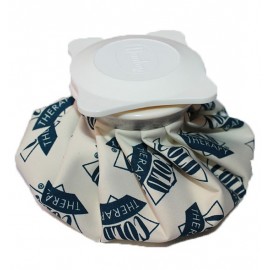
On the heart it produces tachycardias and modifies blood pressure in local applications and if its application is increased, it produces an increase in the temperature of the stimulus and decreases blood pressure with an increase in volume.
In the blood, it produces an alkalinization of the blood pH, decreases coagulation, blood viscosity and, consequently, there is a greater lymphatic supply to the tissues.
On the skin there is an increase in temperature, with an increase in local circulation and decreased sensitivity.
The heat on the nervous system increases sensitivity in short-term applications, while if the duration is prolonged, it produces a decrease in sensitivity, sedation and analgesia.
At the muscular level, it produces relaxation, is antispasmodic, decreases excitability, increases tissue elasticity and decreases muscle tone. And, on the respiratory system, it produces an increase in the respiratory rate.
There are a number of circumstances in which heat cannot be applied:
- Cardiac animals.
- In acute inflammations 24-72 hours
- Animals that present hypersensitivity or even allergic reactions
- Areas:
- Open, deep, or infected wounds
- local infections
- Burns
- sensitivity disturbances
- circulatory deficits
- leishmaniasis
Heat can be applied once the acute phase of the injury or surgery has ended: fractures, contractures, tendinitis, dislocations, etc., or in chronic cases such as geriatric animals or those with osteoarthritis.
It is necessary to control the animal’s skin at all times and if the skin is very red or the animal is upset, the treatment should be stopped. It is necessary to place a towel between the animal and the heat, never place it directly, as there is a risk of causing skin burns.
There are special protectors or straps for a better fastening of the hot pack.
Orthocanis team

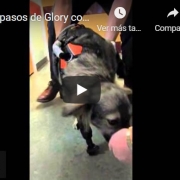
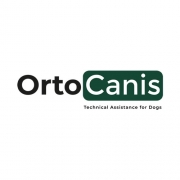
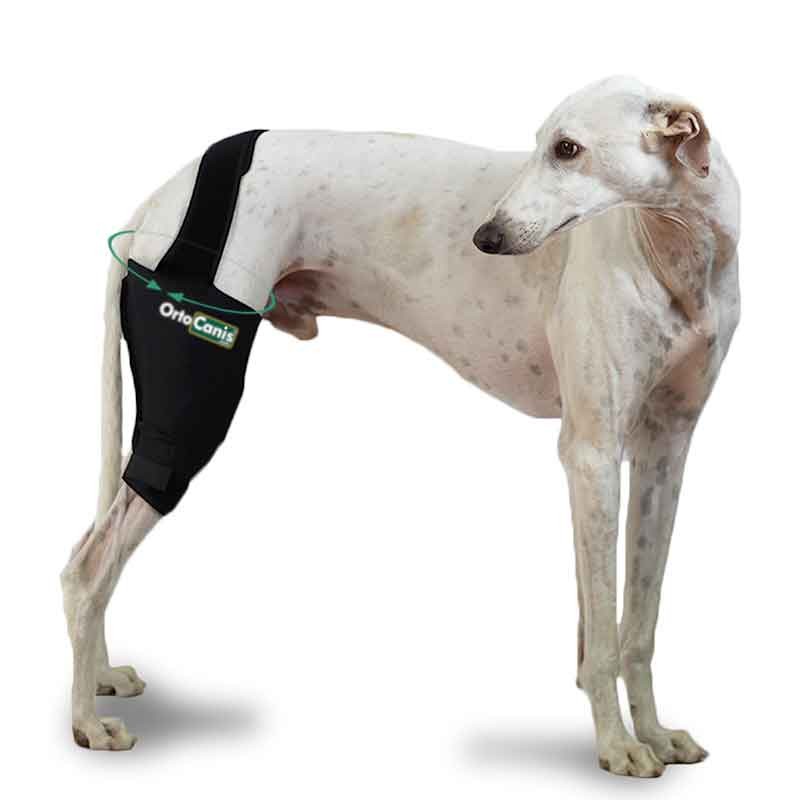

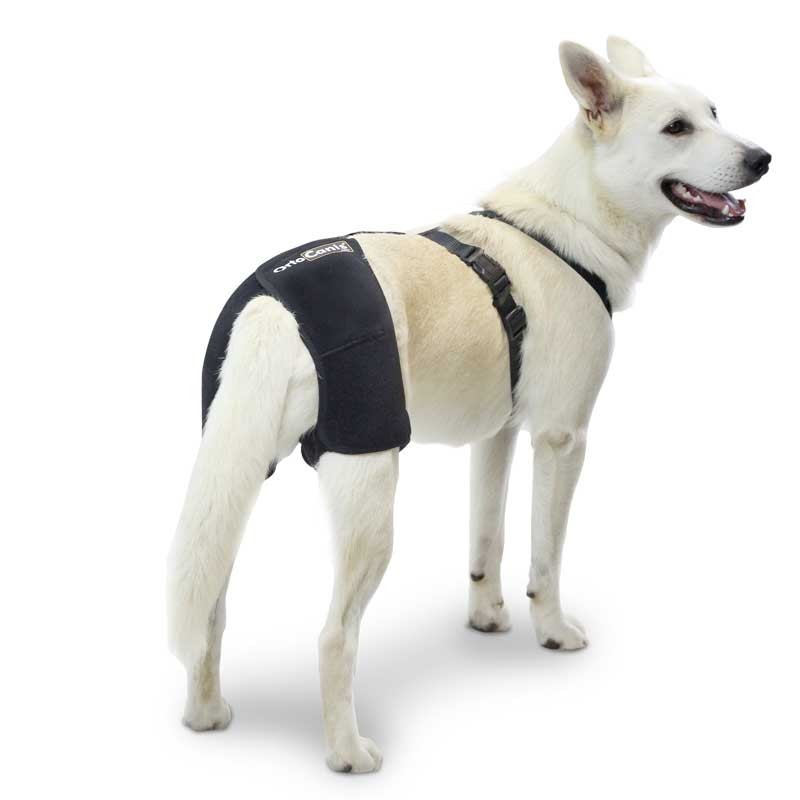

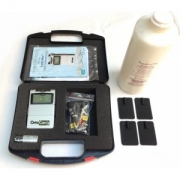
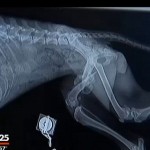
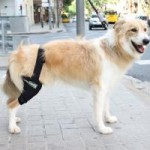
Leave a Reply
Want to join the discussion?Feel free to contribute!